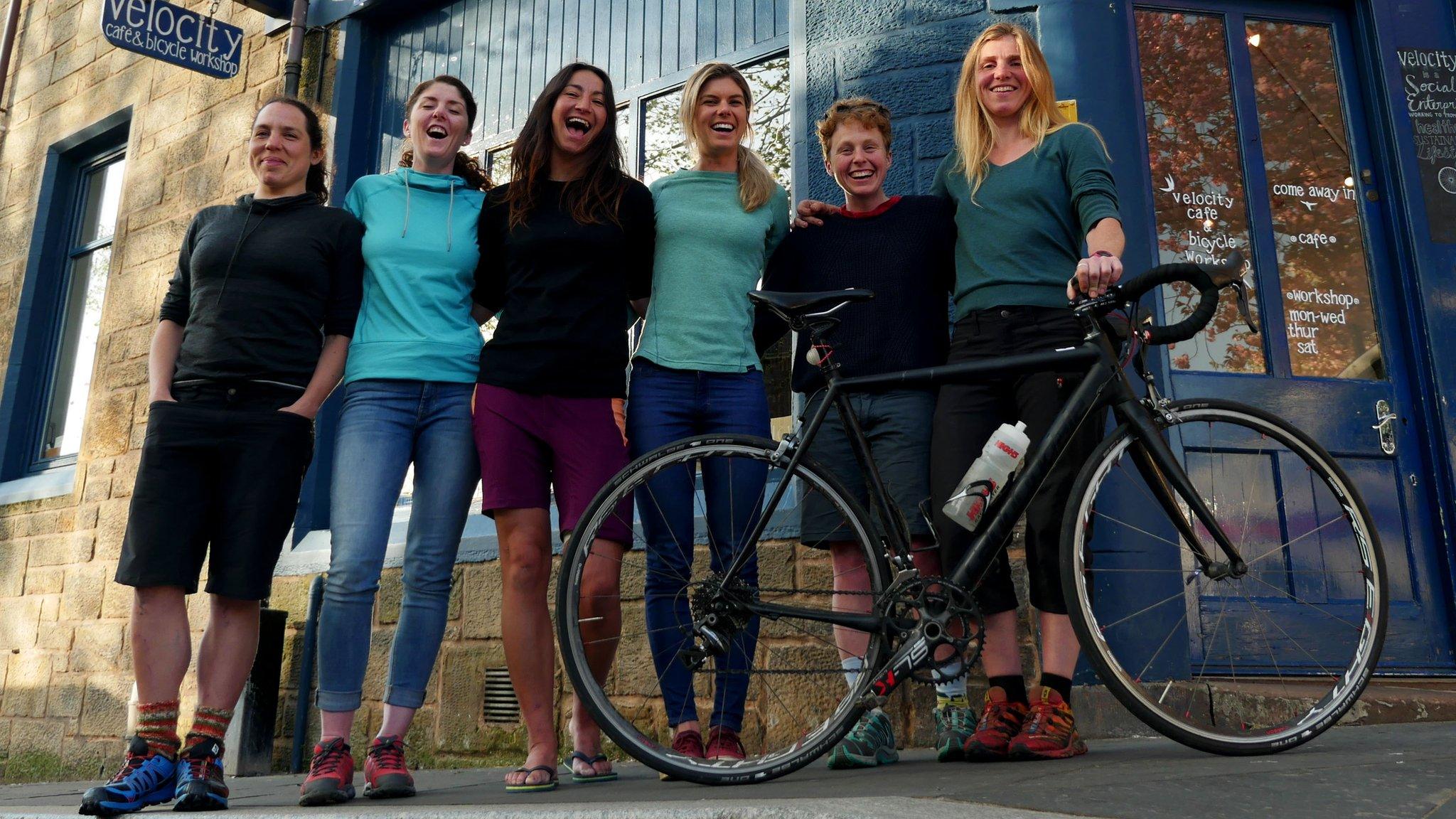The High Road: Scotland's 'Route 66'
- Published
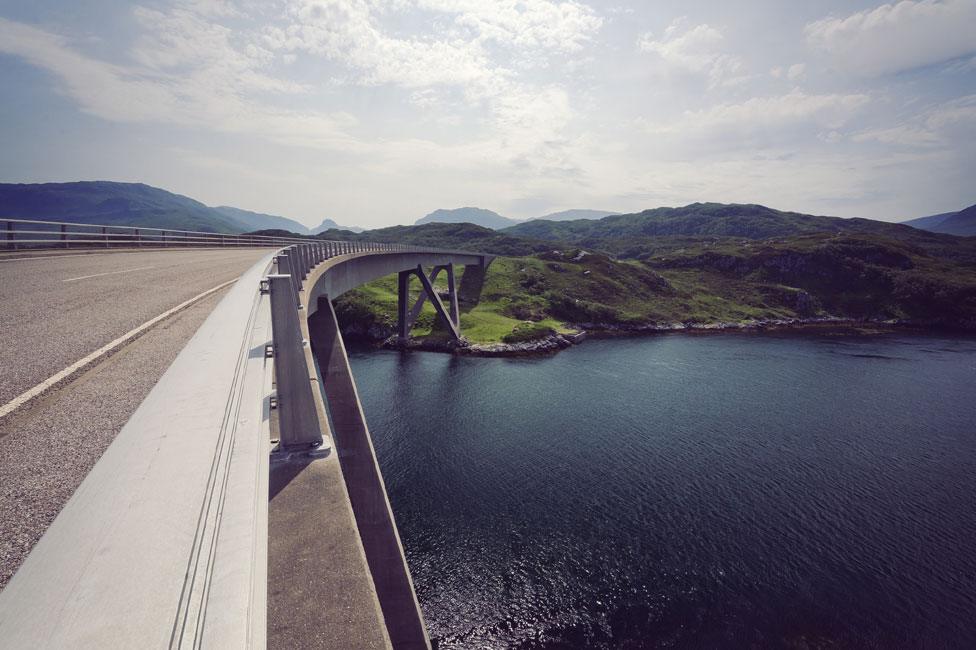
The North Coast 500 involves hundreds of miles of road in the Highlands
Dubbed Britain's answer to America's Route 66, the North Coast 500 road trip starts and finishes in Inverness. More and more people are travelling the route, which means more trade for businesses, but also some challenges to the communities along it.
Janet Hollands runs a guesthouse in the popular village of Durness in Sutherland which experienced a 20% increase in visitors last year.
"The sports cars are lovely. I do really like them," she says.
"And we count the campervans, how many go by at once. It is lovely to watch and know that we are being visited by so many people."
She adds: "We haven't got a problem. We just haven't got enough beds."
Counting Ferraris and Aston Martins has become the new daily pastime in Durness where shopkeeper Robby Mackay has installed the area's first ever 24-hour petrol pump to cope with demand from the new visitors.
He says of the route: "It has increased footfall in the shop. It has increased business in the petrol station, bed and breakfasts and hotels.
"It has definitely been a bonus for the area. It needs everything it can get. There is nothing else. There's no farming. No nothing."
But there are fears that the area has been turned into a race track as motorists try to complete the route in a limited number of days.

On the road
The North Coast 500 route, also known as the NC500, stretches for 500 miles.
North Highland Initiative promotes the NC500 to holidaymakers seeking scenic road trips. The initiative recommends that visitors take 10 days to two weeks to travel the route, stopping off along the way.
The NC500 features roads in the Black Isle, Caithness, Sutherland and Wester Ross.
It includes several challenging ascents and descents, including the Bealach-na-Ba at Applecross. The unclassified road rises to about 626m (2,053ft) over about four miles (8km).

Moving sheep can be a nightmare for local crofter Donald James Mackay who has had to change his routine to dodge the increased traffic.
He says: "Sometimes it can be very difficult. Some of them are going quite fast and they don't appreciate the animals on the road and are just not used to driving on single track roads."
Durness Community Council chairman Scott Macpherson says the NC500 has boosted businesses but wants more help from the authorities, including the police, to make the route safer.
He says: "Roads are getting damaged. The verging needs a lot of repair.
"The majority of North Coast 500 visitors are very courteous, but we do have a certain group who are into getting around as fast as is humanly possible."
Mr Macpherson says more signs warning of single track stretches of road and also a greater police presence at problem areas at peak traffic times could help to resolve irresponsible driving.
David Whiteford, chairman of the North Highland Initiative which launched the concept, says the success of the route has been "phenomenal", adding that the initiative is committed to improving the experience for locals and visitors alike.
"There is a need for more passing places and pull-off points," he says.
"People are keen to take photographs and there is not enough points, picnic sites, interpretative points perhaps."
It seems there is no stopping the success of the scheme.
And as the village of Durness braces itself for another invasion this year, locals cannot help but reflect on the transformation that has taken place.
- Published13 December 2016
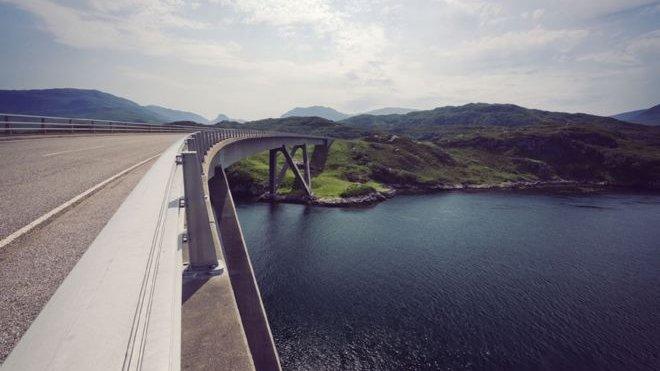
- Published28 July 2016
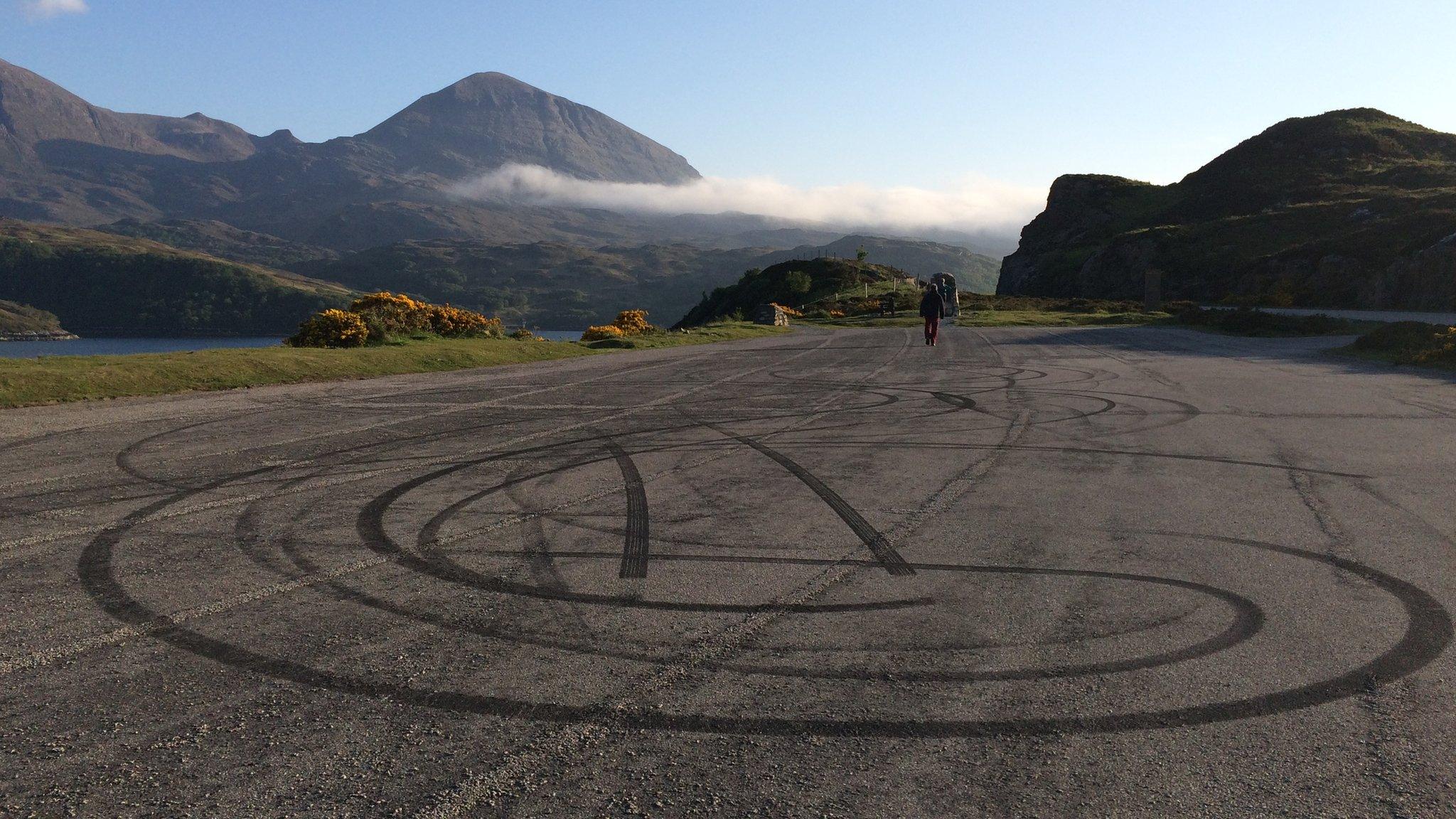
- Published16 June 2016
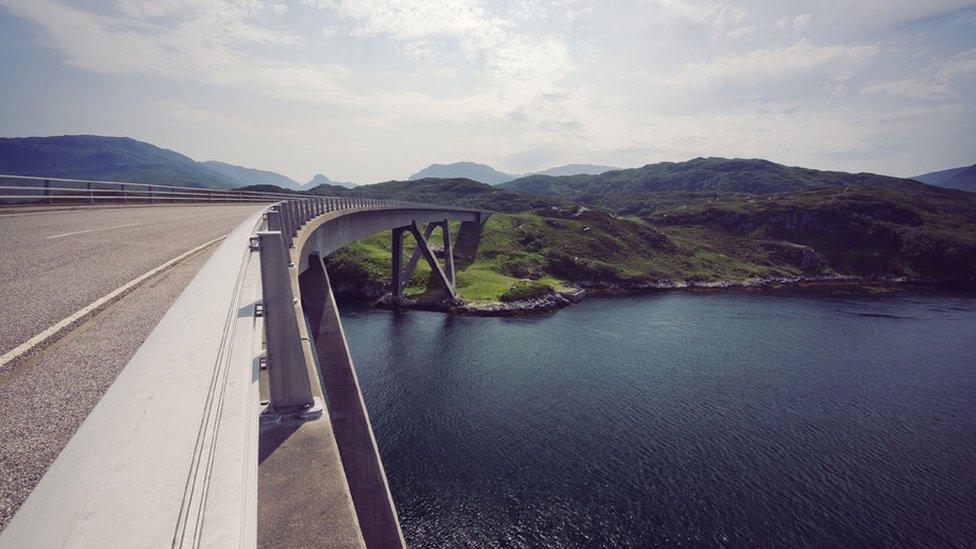
- Published16 May 2016
